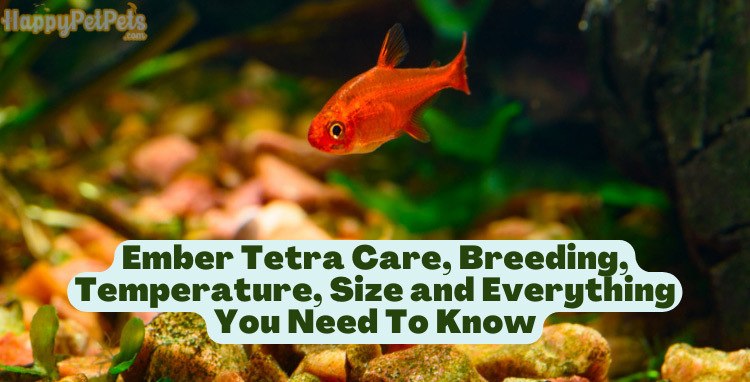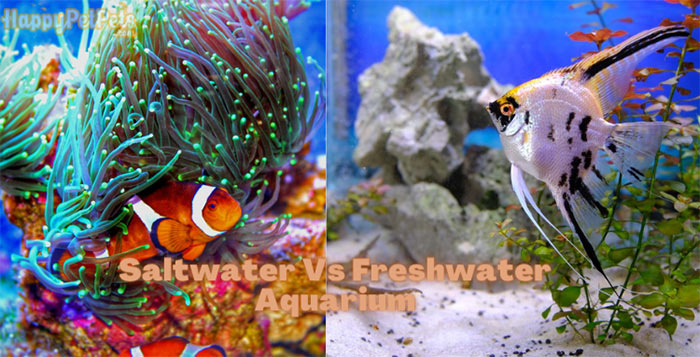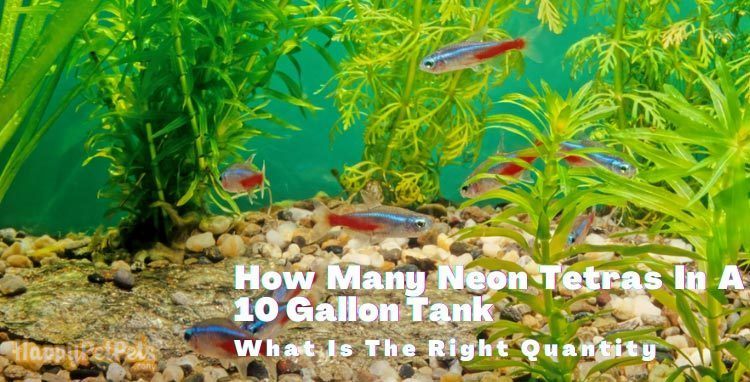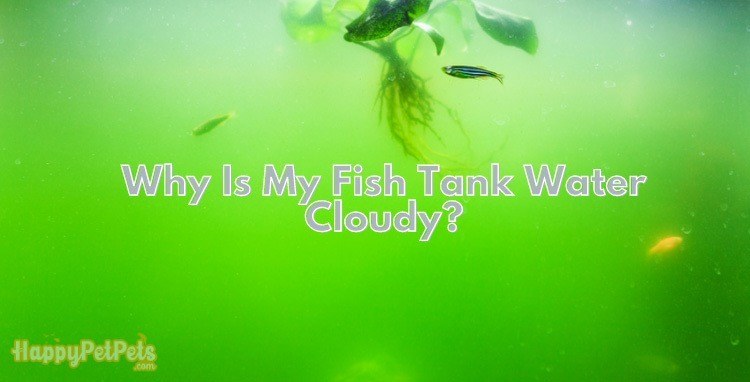You need to know how to cure your fish tank’s nitrate levels. While most fish keepers are aware of the dangers of ammonia and nitrites, the need of maintaining a good level of nitrates in aquarium water is sometimes underestimated. Nitrate levels may be harmful to fish and other tank inhabitants if they are allowed to rise to dangerous levels.
It is possible for an aquarium to have high levels of nitrates if water changes and other maintenance duties are not carried out regularly. So, how high of a nitrate concentration would you consider to be? Do you know how to spot freshwater fish that have been poisoned by nitrates? How to lower nitrates in freshwater aquarium
The following questions are answered in this article, as well as how to reduce nitrates in your aquarium.
How Is Nitrate Made?
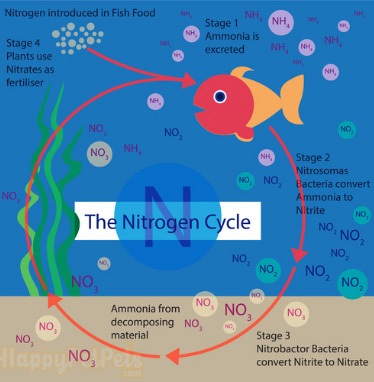
The Nitrogen Cycle Fish
No matter how well you care for your fish tank, nitrate will always be present in the water, even if you do all you can to keep it clean. Nitrate is found naturally in tap water, but did you know that? The answer is yes, and the amount varies greatly depending on where you reside in the planet. Despite partial water changes and thorough cleaning, my aquariums were still exhibiting nitrate levels of 20 ppm (parts per million). So I did some research and found out that my tap water includes nitrates.
Who would have guessed? As nitrate levels in tap water may reach 40 ppm in the United States, if your preferred baseline level is 10 ppm, you may need to get nitrate-free water for your tank from somewhere. Rainfall contains nitrates as well, which is why it’s great for plant growth but not so great for aquariums since rainwater contains nitrates.Natriates are formed in your tank due to plant decomposition as well as decomposition of other organic matter such as fish waste. In addition, microorganisms in filter media that aren’t properly cared for get overwhelmed and nitrate concentrations rise.
Safe Nitrate Levels In The Aquarium
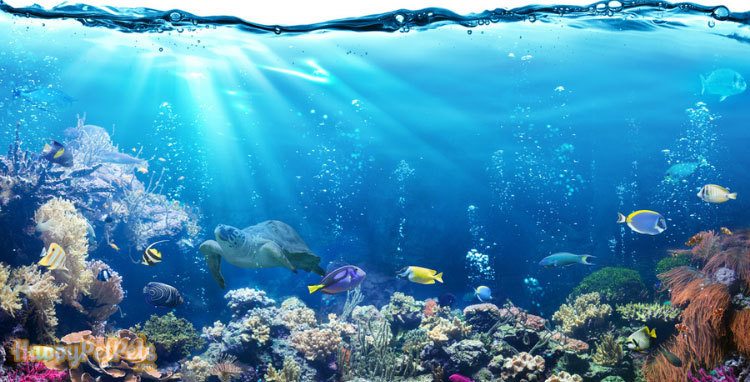
Underwater Scene With Reef And Tropical Fish
Nitrate concentrations in water are very low in the natural environment, often less than 5 parts per million (ppm). However, in a fish tank, nitrate levels may rapidly climb to dangerously high levels, especially if the tank is kept in a tight space.
Nitrate Levels in Saltwater Tanks
It is critical to keep nitrate levels in saltwater fish tanks below 5 ppm, since nitrates are very harmful to invertebrates and corals. The increased nitrate levels may be tolerated by marine fish up to 40 ppm.Because of the need to add salt to the tank to keep nitrate levels at a minimum in marine systems, problems might arise. It’s for this reason that some fish owners just replenish their tank’s water with freshwater. Nitrates will continue to build in the tank water as a result of this, resulting in dangerous levels.
Nitrate Levels in a Freshwater Tank
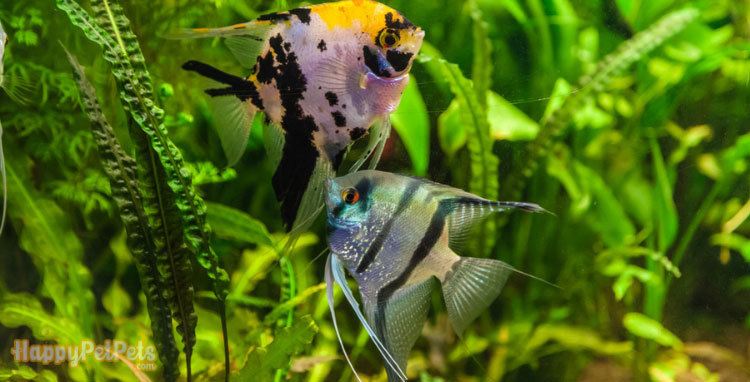
A green beautiful planted tropical freshwater aquarium with fishes
Nitrogen levels in freshwater tanks should be no more than 25 ppm, and no lower than 50 ppm. Nitrate levels should be kept below 10 ppm if you’re trying to raise fry or limit algal development.
Do You Know How To Measure Nitrates?
The nitrate percentage of your aquarium water must be checked at least once a month!
To be sure that the cycle has finished properly in new tanks, you should frequently check the levels of ammonia (NH3), nitrite (NO3-), and nitrate (NO3). For established tanks, regular water testing is an essential element of normal aquarium care, and you should always have a test kit on hand to do the necessary checks.To find out how much water testing costs in your area, speak with your local fish shop. Tank water may be tested for free or for a minimal monthly cost at some of the bigger businesses, which might save you money in the long run compared to purchasing test kits.
The Process of Testing
Liquid and paper strips are the most common kinds of test kits. Some tests, such as ammonia, nitrites, and nitrates, may be found in master test kits; however, buying individual test kits for items like nitrates, which are less expensive, might save you money.
Strip Tests on Paper
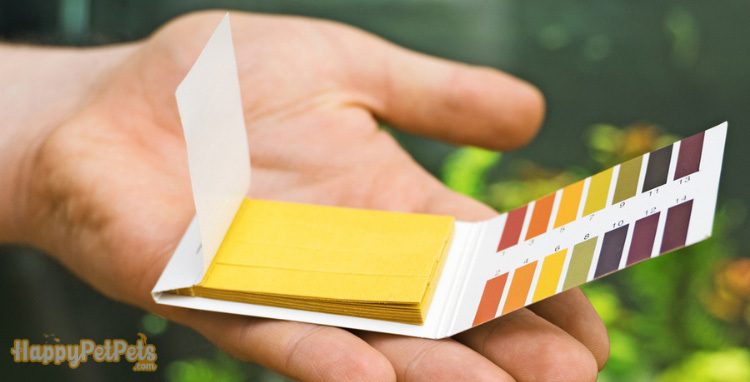
Strip Tests on Paper
API Liquid Test Kit
Liquid test kits are often favored by amateurs since they are regarded to be more accurate, assuming that you follow the manufacturer’s recommendations. There is a vial of liquid testing medium, a pipette, a tiny test tube, and a color chart with the test kit.
Add a few drops of testing fluid to the tank water in the test tube before shaking it and waiting for a few minutes to see whether it works. The color of the water in the tube indicates the nitrate content in the water sample.In addition to testing my tank water for nitrate, I also test my tap water to check how much nitrate it contains. So, if my tank water has a nitrate concentration of 25 ppm and my tap water has a nitrate concentration of 20 ppm, I know that my tank is clean.
A nitrate concentration of 40 parts per million (ppm) in the tank water means that there is still work to be done.
How to Test Aquarium Water For Ammonia | API Liquid Test Kit (Via YouTube)
The Risks Of High Nitrate Levels
Nitrate levels that are too high might be harmful to the aquatic life in your aquarium.
Fish
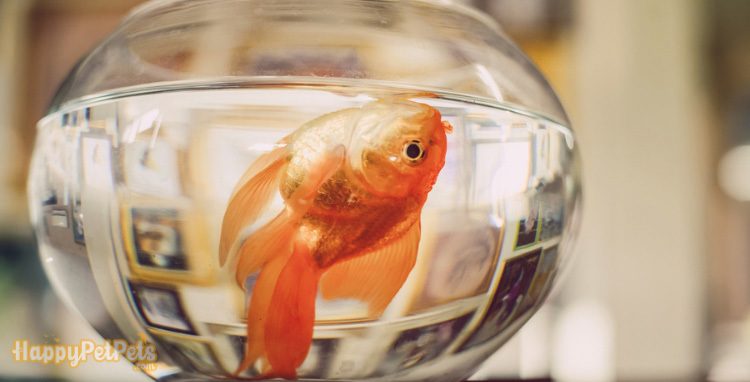
Fish die in clear glass
When nitrate levels exceed 100 ppm in both freshwater and marine tanks, your fish will begin to suffer, particularly if you don’t rectify the problem. Stress affects fish in a number of ways, including increasing their susceptibility to illness and parasite assault and interfering with their ability to reproduce. Many young fish and fry will perish because they are unable to develop normally.
Nitrate levels that are too high are also linked to low oxygen levels in the water, which puts your fish at risk for further stress.
Always examine the nitrate values of the fish you want to add to your aquarium before deciding which one to buy. In order to be sure that any new fish you buy will be happy in your tank, you should check the water’s parameters and have the fish shop do the same so that you can verify that the numbers are near before you buy anything. As a result, fish are less likely to suffer from nitrate shock or poisoning.
Marine Algae And Land-Based Plants
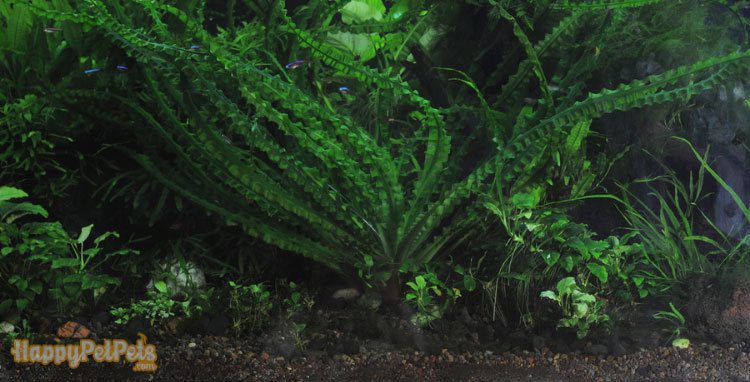
Crinum natans is aquarium plants for aquascape hobby
If you’re having trouble keeping algae under control in your aquarium, it’s possible that excessive levels of nitrates are at blame. It’s common to observe algal blooms in new tanks that are caused by inadequate tank cycling and a high nitrate concentration. Nitrate levels of only 10 ppm boost algae growth.
Nitrogen is a crucial source of nutrients for plants, but if the amounts in the water grow too rapidly, your plants will get coated with algae and eventually suffocate and die.
Intoxication With Nitrate Vs. Shock To Nitrate
Adding too much nitrates to your aquarium might have devastating consequences for your fish. A nitrate poisoning may occur in two ways:
Poisoning by Nitrate
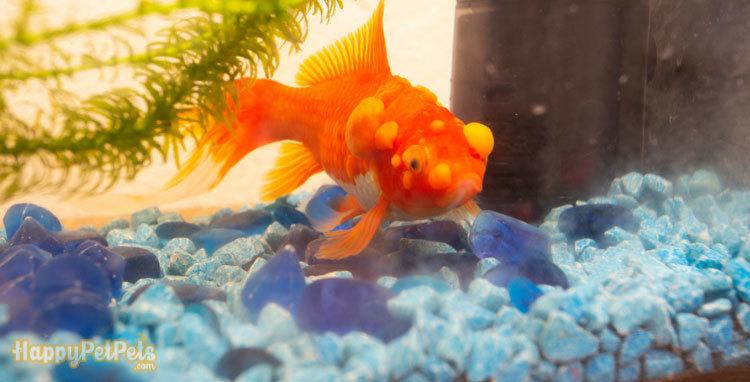
Sick goldfish with bumbs on its scale
Chronic nitrate poisoning occurs when nitrate levels rise steadily over a period of time, such as over a few weeks. Poor tank upkeep, overcrowding, overfeeding, or a mix of the three, are the most common culprits.
Nitrate poisoning often results in fish deaths, with young fish and marines being particularly vulnerable to low amounts of nitrate. Initially, nitrate poisoning affects just one or two fish. After a few ill fish have succumbed to their ailments, it’s possible to miss the root of the problem if you don’t test the water for contaminants.
Fish may not die for a few days to a few weeks depending on the species.
Shock from nitrate
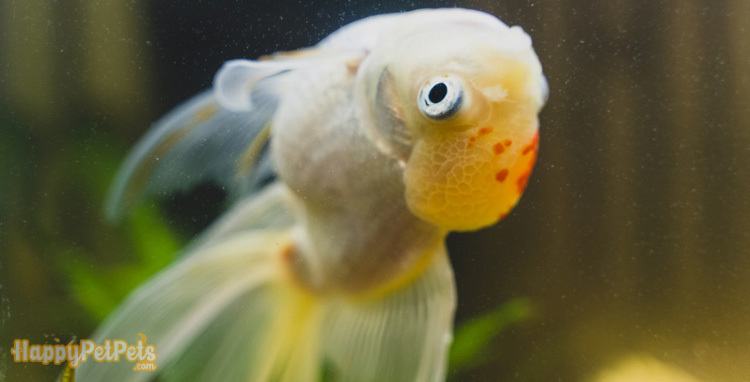
Sick goldfish swims upside down in aquarium
Nitrate shock is the phrase used to describe fish being suddenly exposed to high nitrate levels. A fast, substantial drop in nitrate levels, on the other hand, might cause the same problem in fish.
Nitrate shock frequently kills fish within 24 hours, and most owners don’t notice until it’s too late. When new fish are brought to a tank that already has exceptionally high nitrate levels, they might experience nitrate shock. The low water quality shocks the fish, however the current inhabitants are unharmed since they have gotten progressively used to their habitat through time.
There are several ways to create nitrate shock in an established tank with high nitrate levels, such as a significant water change, which will startle your fish.fish
Nitrate Poisoning Symptoms in Fish
Your aquarium may have nitrate problems if these signs are present:
- Disorientation and difficulty to swim effectively
- Lethargy, especially resting on the substrate
- Poor appetite and food rejection
- Rapid breathing rate and gill movement
Fish that have been poisoned by nitrates may coil up from the top of their heads to the bottom of their tails.
In the event that you see any of the following symptoms in your fish, immediately test the water to ensure that nitrate levels are within permissible boundaries for the kind of fish that you have in your aquarium.
There are a number of things you may do to help your fish if the nitrate levels are too high.
Nitrate Poisoning Treatment
Reduce the nitrate levels in the tank as soon as possible. In order to avoid shocking your fish, water changes should be regulated and gradual. Do not feed the fish during the first 24 hours of therapy. It’s quite unlikely that the food will be consumed by the fish, and any food that isn’t will merely add to the issue by polluting the water.
Take a nitrate reading from the tank water. That will give you an idea of how often you’ll need to replace the water.
Your goal is to keep your ppm level below 20. In order to reduce nitrates in the water, merely removing 5% of the water every few hours is necessary. Replace half of the tank’s water at a time until you’ve replenished all of it. If you do that, the nitrate levels will drop significantly, but the fish won’t be shocked.Test again to determine how much the nitrate level has decreased after the first round of water changes. If your levels are still too high, you’ll have to do it again the following day.
Additional Factors: Nitrate levels in the aquarium may be caused by a variety of circumstances, and recognizing them is the best way to avoid them in the future.
Feeding too much:If you overfeed your fish, it’s not healthy for them. Overfeeding may lead to bloat or constipation in certain fish, such as goldfish, bettas, and fancy goldfish. The digestive processes of fish create a larger quantity of nitrate, increasing the toxic load in the water and taxing your biological filtering system.
Toxins from uneaten food also enter the water, which is already tainted by other pollutants that have been dissolved into it through decomposition.
Fish should be fed a proper diet and only given enough food to last them a few seconds. The fish should be fed once or twice a day, with a one-day fast each week to provide their digestive systems a chance to recover.
Overstocking:Do not overcrowd your aquarium. As the number of fish grows in your tank, so does the amount of waste it generates and the nitrates it contains.
Allow one gallon of water per inch of fish as a general guideline, and make sure to provide extra room for growing young fish. Check the maximum size of the fish when fully matured before purchasing more stock for your aquarium. Be aware that certain species are territorial and need a greater amount of room. Stress may be worsened by poor water quality if a tank is overcrowded.
Filters that Need Cleaning:The impeller will not function correctly if mechanical filters get clogged with debris. As a result, bad water and excessive nitrates may form in the tank as a result of inadequate water circulation around it.
Every month, clean and replace the carbon filter media to maintain nitrate levels in the water at a safe level.
Plant Decomposition:Because living plants use nitrates as fertilizer, having them in your aquarium is an excellent method to keep a tight lid on your aquarium’s nitrate levels. Maintaining and tidying up your plants is still required, however Leaves and excess plant growth should be removed from the bottom of the tank to prevent nitrates from accumulating and decomposing, which may harm fish.
How To Reduce Nitrate
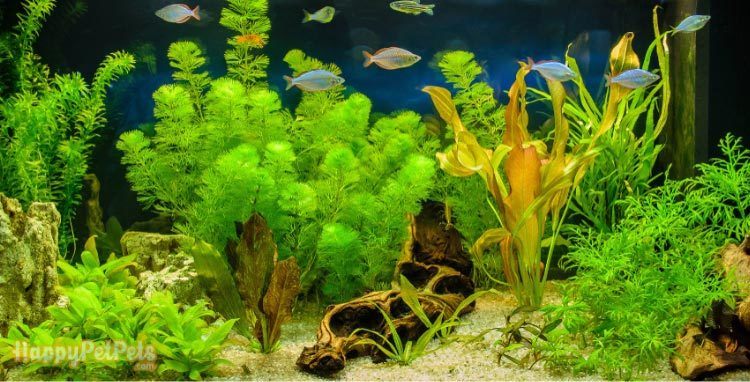
The view of freshwater aquarium with tropical fish
It is possible to lower the nitrate levels in your aquarium in a variety of ways:
1.Preserve the Life of Your Plants
Maintaining a healthy nitrate balance in your aquarium over time may be accomplished by using live plants. To help lower the quantity of nitrate in the environment, living plants use water-soluble nitrate as fertilizer.
2.Maintaining a Clean Water Tank
Clean and well-maintained tanks are the most effective means of controlling nitrate levels. Detritus and leftover food from fish degrade and contaminate the water, therefore make careful to clean the substrate completely every week to eliminate these pollutants from the water.
3.Use Nitrate-removal Filters
Special nitrate-removing filter media might be a valuable asset if you’re dealing with a recurring nitrate issue in your aquarium. It’s possible to buy such items online or at reputable aquarium shops.
4.Ensure that the water in your aquarium is changed every week.
Your tank’s nitrate levels should be kept in check by weekly water changes. You may, however, wish to use DI (deionized) or RO (reverse osmosis) water for water changes if your local tap or well water has excessive nitrate levels. However, the pH and hardness of the water may fluctuate, and you may need to add a pH buffer or mineral supplement to fix the conditions for your fish.A close-up of a man’s hand emerging from an aquarium as he is cleaning it. Concept of household duties.
Alternatively, you may make a water blend that fits your desired water specifications by mixing DI or RO water with tap water.
5.A Denitrator Filter Is Necessary
Denitrators, which are nitrogen-removing filters, may be used if your tank’s nitrate levels are too high; however, they can be quite costly, so the best alternative is a nitrate-lowering filter medium, which will need to be replaced on a regular basis.
6.Build A Refugium Is Necessary.
Basically, a refugium is a place where species may live in relative safety. A refugium may be used to develop macroalgae in a separate habitat as part of a nitrate management strategy for marine and reef tanks.
Reduced nitrate and phosphorus levels may be achieved by using macroalgae in the refugium to remove these pollutants from the water. The nitrates and algae growth are easily removed on a regular basis.
7.Microbes are a viable option.
It is also possible to utilize several kinds of living bacteria to regulate nitrate levels. Nitrate may either be used as a source of biomass for microbes, or it can be converted into harmless nitrogen gas that evaporates. Aerobic and anaerobic bacteria are two distinct types of organisms.
Hydrophobic bacteria, the most prevalent among aerobic microorganisms, use nitrates rapidly but need the addition of carbon, such as that found in ethanol, to maintain their metabolic activity. Aerobic microorganisms may unfortunately grow, resulting in water oxygen deprivation.
In deep sand where organic matter is plentiful, anaerobic microorganisms, such as non-sulfur bacteria, function slowly but do not need carbon supplementation.
In order to build a thriving microbial community in their aquariums, aquarium owners should add a deep sand substrate, feed their fish with bacteria-rich meals and supplements, and employ bacterial inoculants.
In Conclusion
Thanks for reading our guide on dealing with high levels of ammonia in your aquarium.Ammonia and nitrites are much more harmful to fish, but even so, high levels of nitrates in the aquarium may harm fish by poisoning them or even causing them to go into shock. Nitrates may be prevented in a variety of methods, but the most efficient is to do frequent partial water changes and to keep your aquarium clean and well-maintained.As always, we’d love to hear what you think about our post, as well as any helpful nitrate-lowering recommendations you may have. Let us know what you think in the comments section below, and don’t forget to tell your friends about our guide.
Related keywords: how to lower nitrates in fish tank, how to lower nitrites in fish tank, how to lower nitrate levels in freshwater aquarium, how to reduce nitrates in aquarium, lower nitrate in aquarium, nitrate poisoning fish symptoms, how to remove nitrates from fish tank, what should nitrate levels be in freshwater tank.



